When people hear I’m taking Your Path to Lasting Change by Ann Weiser Cornell—a course rooted in something called Inner Relationship Focusing—they often assume I’m becoming a therapist or emotional healer.
Not quite.
I’m a media consultant and designer. I work with guides, coaches, healers, teachers—people doing meaningful work in the wellness and consciousness space. My job? Help them bring their message to life through websites, courses, video content, brand design—the whole ecosystem of modern media. But here’s the thing: if I’m going to help them communicate clearly and powerfully, I need to understand not just their business, but their inner landscape.
And that’s why I’m here. In this course. Studying a modality that’s both personal and wildly useful when you’re trying to help someone untangle what’s blocking them from moving forward—with their message, their course, or just hitting “record” on a camera.
So, What Is Focusing?
Focusing isn’t about trying harder or meditating until you levitate. It’s a body-based practice that teaches you how to listen—really listen—to the quieter parts of yourself that don’t always speak in full sentences. It’s about tuning into that gut-level, barely-formed “something” you feel when you’re stuck or conflicted, and learning how to be with it in a non-pushy, friendly way.
The magic? That small something—what Ann calls the “felt sense”—usually holds the key to moving forward. It’s kind of like realizing that the weird clanking in your engine is actually trying to tell you something, if you’d just turn down the radio long enough to hear it.
Action Blocks: The Invisible Potholes
A big reason I’m here is because almost every single one of my clients—no matter how brilliant or passionate—hits a moment where the wheels spin out. They’ll get 80% through a course, or 5 minutes from launching a YouTube channel, and then suddenly… radio silence. No progress. Just a mysterious, invisible wall.
Focusing gives me language and tools to gently help clients notice what’s happening there—not bulldoze it, not “push through,” but get curious. Maybe the part of them that’s holding back is afraid the course won’t be good enough. Maybe there’s a fear of being seen. Or maybe it’s just old emotional debris, like in Shawshank Redemption, when Andy Dufresne has to crawl through 500 yards of tunnel to find his freedom. That tunnel isn’t glamorous, but it’s part of the journey.
Focusing gives people a flashlight and a little bit of air while they’re crawling through.
Learning from a Legend
Ann Weiser Cornell is no lightweight in this world. She’s one of the most respected names in Focusing globally—an author, a teacher, and someone who’s helped shape this modality for decades. I wanted to learn from someone who didn’t just write the manual… she basically helped build the car.
And because I also design courses and support creators who teach—not just create pretty graphics—it matters to me how a course is delivered. I’m taking notes not just on what she teaches, but how she teaches. The pacing, the format, the presence she brings. It’s like getting to peek inside a masterclass on both the emotional and educational layers.
Why This Helps Me Help You
If you’re someone who works with me—or might someday—this kind of inner training means I don’t just show up with a camera or a design template. I show up present. I can meet you where you’re at, especially when the “I want to build this thing” excitement turns into “I don’t know why, but I just can’t.”
I won’t psychoanalyze you. That’s not my job. But I will hold space for the parts of you that need a little patience and warmth before they’re ready to move again. That’s a subtle art. And this course is helping me sharpen it.
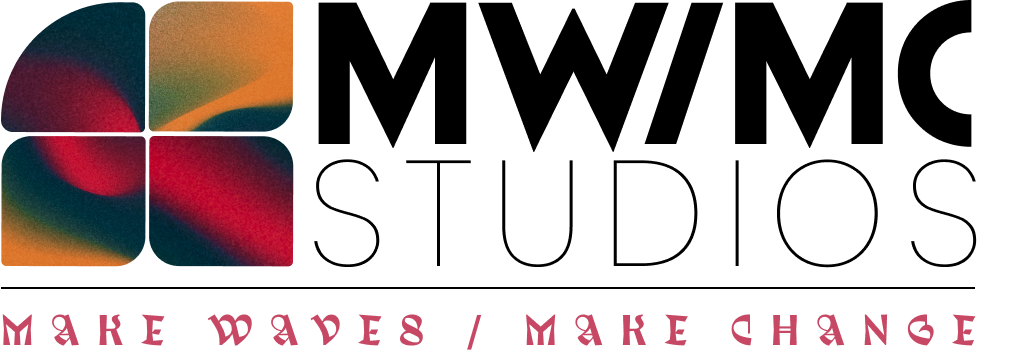


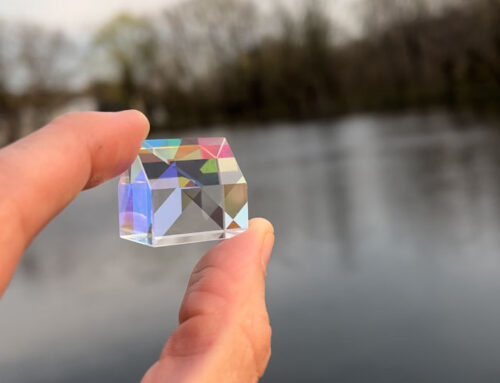
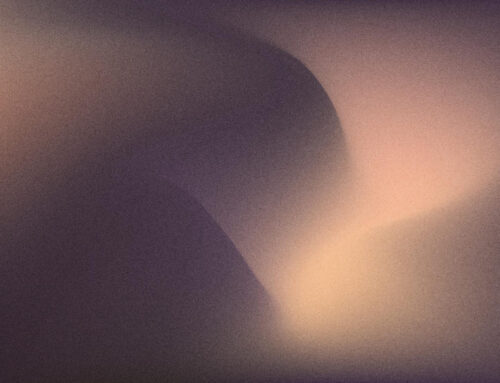
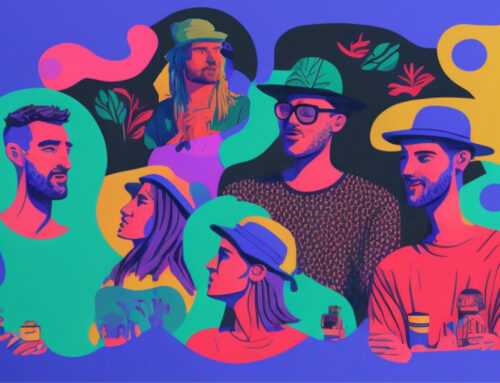
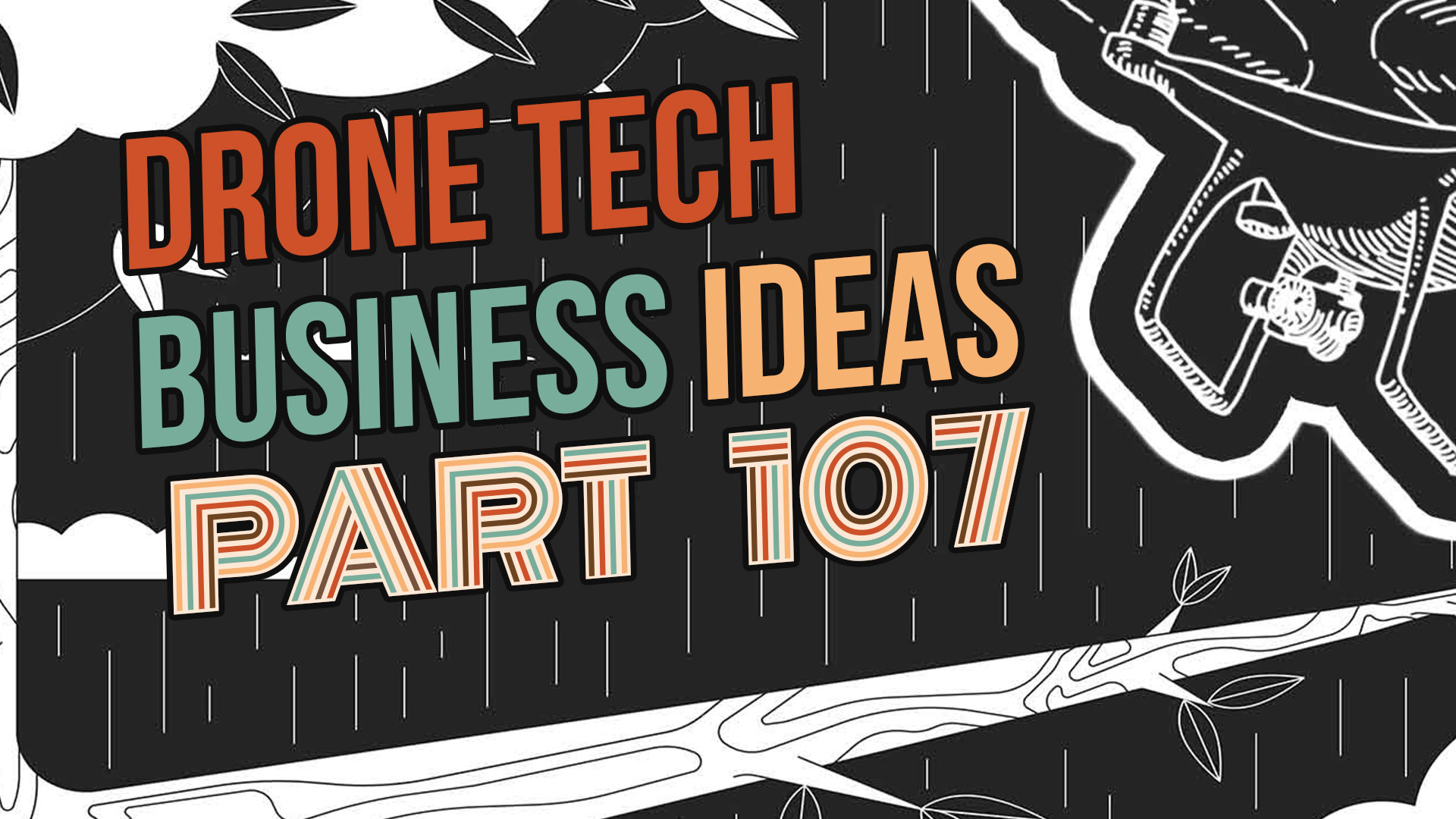
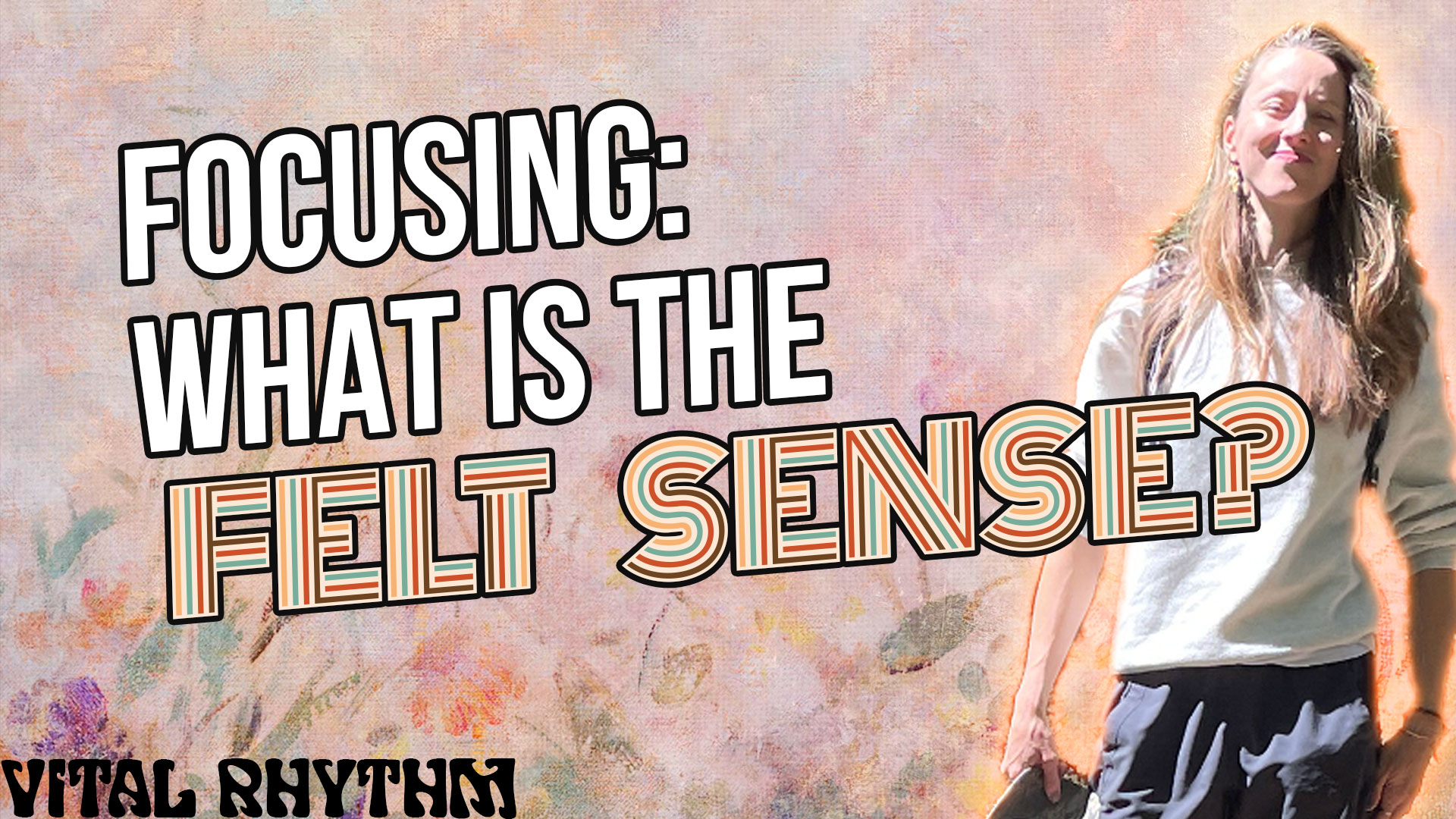



Leave A Comment